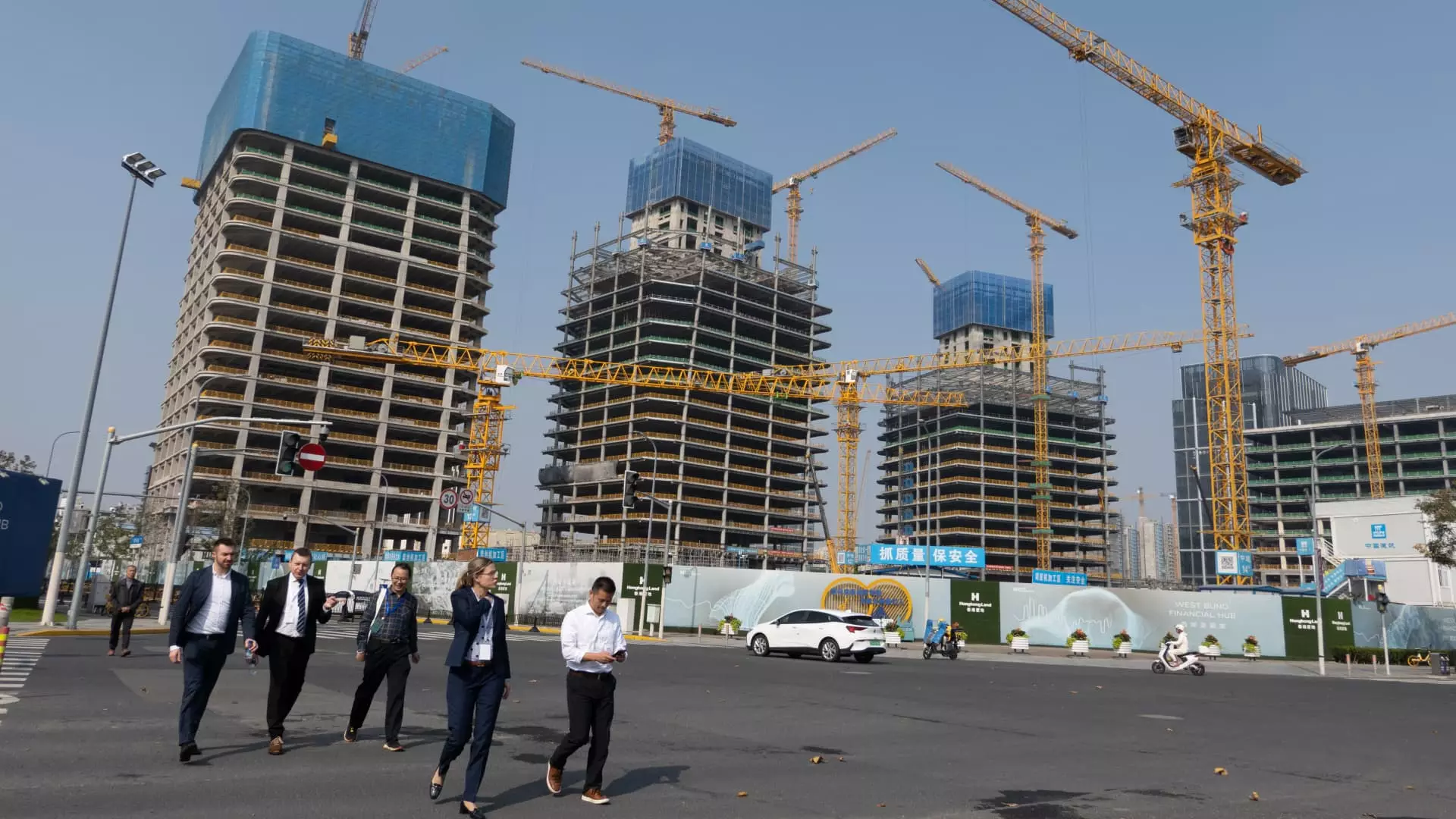As the National People’s Congress nears the conclusion of its five-day session, observers are keenly awaiting an announcement regarding fresh economic stimulus measures. Since late September, China’s economic authorities have signaled a commitment to fortifying its financial framework, reflecting a response to an increasingly challenging economic landscape. With stock markets showing signs of recovery, largely attributed to these anticipatory measures, the focus has shifted to the specifics of fiscal and monetary support.
President Xi Jinping has taken an assertive role in directing economic strategy, convening critical meetings to address the country’s economic woes. A pivotal gathering on September 26 specifically targeted the dual goals of enhancing fiscal and monetary support while curbing the prolonged downturn in the real estate sector. This approach signifies not only a strategic response to fiscal pressures but also showcases the government’s resolve to avert deeper economic troubles.
In recent weeks, the People’s Bank of China (PBOC) has actively lowered interest rates, a traditional tool used to stimulate economic activity. However, the real challenge lies in the management of government debt. With escalating borrowing needs, it is essential that any significant increases in spending receive backing from the National People’s Congress. Historical context serves as a reminder; last October saw a rare deficit increase to 3.8%, underscoring the delicate balance the government must maintain between stimulating growth and managing fiscal responsibility.
The political landscape outside China also adds complexity to domestic fiscal decisions. Notably, the recent U.S. presidential election, which saw Donald Trump secure a victory, has raised the stakes for Chinese trade. Analysts feel that heightened tensions and threats of tariffs could catalyze a more aggressive stance toward economic stimulus in order to shore up domestic resilience against potential external shocks. Yet, there remains skepticism about whether the government will take bold steps to directly support consumers, given ongoing concerns about local government debt.
Minister of Finance Lan Fo’an has highlighted persistent issues surrounding local government debt, a concern that cannot be overlooked. With estimates of hidden debt ranging from 50 trillion to 60 trillion yuan, the urgency to provide local governments with leeway to issue new debt is palpable. Current discussions among officials indicate plans to increase local government borrowing limits, aimed primarily at converting hidden debts into more manageable financial instruments. This strategic move could alleviate annual interest burdens by approximately 300 billion yuan, fostering a more sustainable fiscal environment.
The challenges posed by a slumping real estate market have severely hampered local government revenue streams, which are heavily reliant on property-related taxes and sales. Coupled with the financial demands associated with COVID-19 containment measures, regional authorities are grappling with significant fiscal stress. Thus, the response not only serves to address immediate economic pressures but also aims to restore long-term fiscal health for local governments.
The upcoming weeks will be critical for China’s economic trajectory as the implications of potential stimulus measures unfold. As authorities navigate the twin challenges of external pressures and domestic financial health, the balance they strike will play a decisive role in determining the nation’s economic resilience. The landscape is evolving, and the world will be watching closely as China implements strategies to sustain growth amid adversity.


Leave a Reply